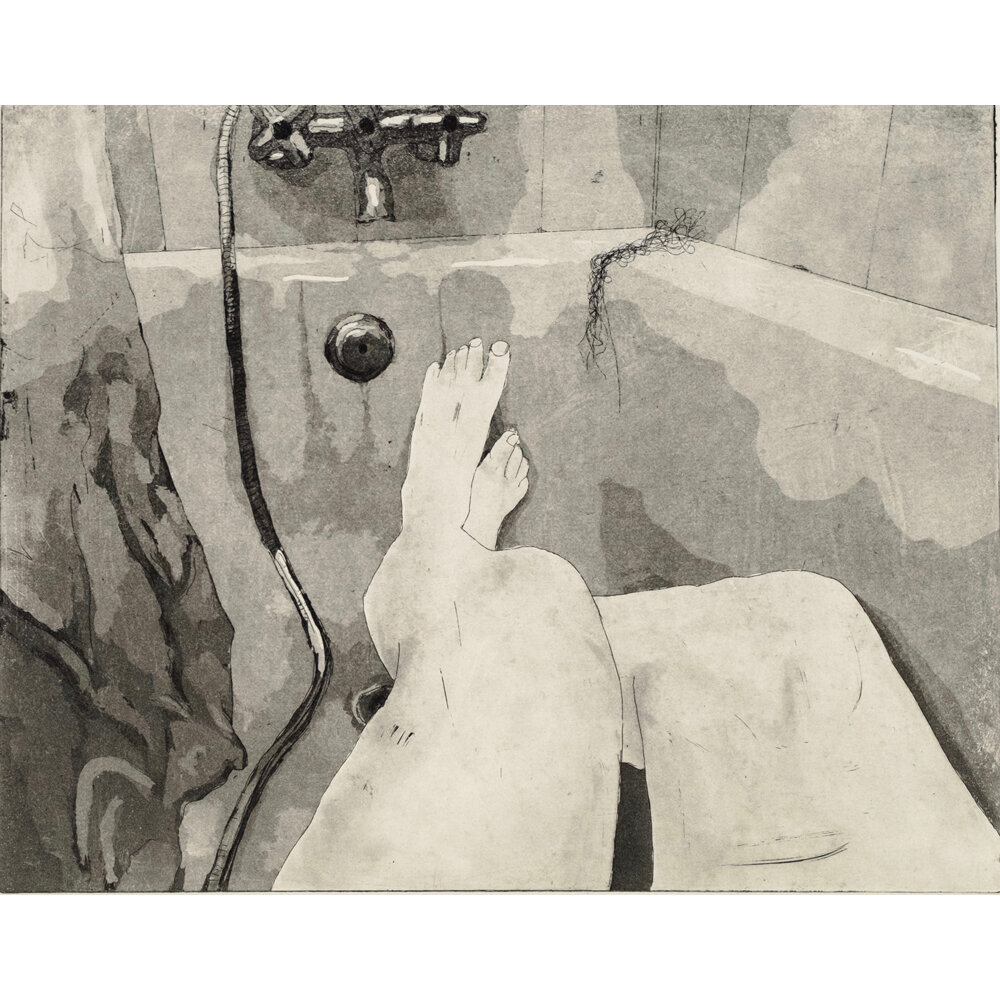Itamar Freed
£0.00
Itamar Freed’s photographic works search for the idea of realness in the natural world. His practice examines the discreteness of three domains: the wild and uninhabited natural habitat; the cultural landscape of the city; and the staged environment. Freed is interested in representation and how images of places may come to displace or augment our understanding and memory of them. He is concerned with disappearing terrains, but also with vanishing notions of realness—whether in the form of a simulated environment or a digital photograph of unknown veracity. In his practice, he explores how we come to understand what is “real” and how we imagine the places we
have never been. Freed’s work is about the way we learn to look at the world around us and the way we use our collective memory and language.
Quantity:
Itamar Freed’s photographic works search for the idea of realness in the natural world. His practice examines the discreteness of three domains: the wild and uninhabited natural habitat; the cultural landscape of the city; and the staged environment. Freed is interested in representation and how images of places may come to displace or augment our understanding and memory of them. He is concerned with disappearing terrains, but also with vanishing notions of realness—whether in the form of a simulated environment or a digital photograph of unknown veracity. In his practice, he explores how we come to understand what is “real” and how we imagine the places we
have never been. Freed’s work is about the way we learn to look at the world around us and the way we use our collective memory and language.
Itamar Freed’s photographic works search for the idea of realness in the natural world. His practice examines the discreteness of three domains: the wild and uninhabited natural habitat; the cultural landscape of the city; and the staged environment. Freed is interested in representation and how images of places may come to displace or augment our understanding and memory of them. He is concerned with disappearing terrains, but also with vanishing notions of realness—whether in the form of a simulated environment or a digital photograph of unknown veracity. In his practice, he explores how we come to understand what is “real” and how we imagine the places we
have never been. Freed’s work is about the way we learn to look at the world around us and the way we use our collective memory and language.






